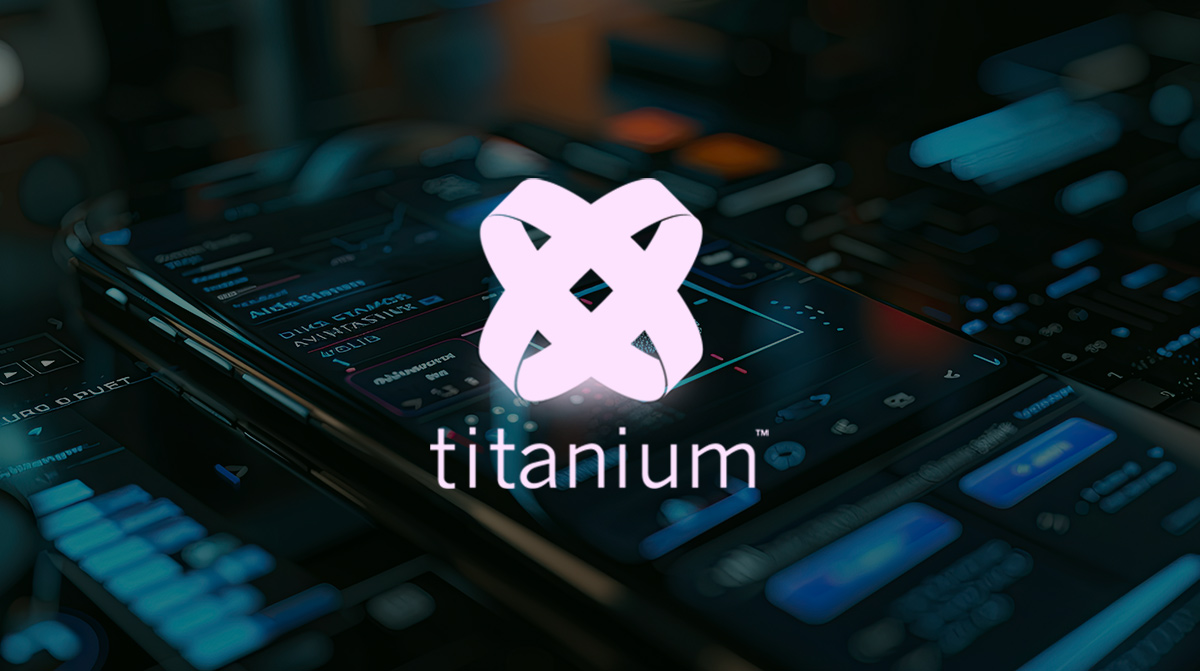The mobile app developers are opting for easy coding that can run on different mobile devices and help them save their time and efforts. The cross-platform coding is the best option for those who are willing to develop a mobile application compatible with different mobile operating systems. The cross-platform mobile apps can run everywhere and also help in saving money on the development costs besides giving your business more online presence.
But today when you think of mobile app development two popular cross-platform development platforms are preferred by the mobile application developers. These include PhoneGap and Titanium. Both of these platforms have their pros and cons but the positive aspects are more which overshadows the cons of each platform.
What is PhoneGap?
PhoneGap is a cross-platform mobile application development framework widely used by the mobile app developers for building robust applications. PhoneGap allows HTML based web applications to get easily installed or deployed as a native application. The PhoneGap Application Development helps in development of complex and modern app and enables a environment to easily enhance your application using some of the phone features through API. The major difference between both the cross-platform tools is that Titanium is a pure JavaScript API for creating native code whereas PhoneGap is a web-based solution.
What is Titanium?
Titanium is an open, extensible development environment for creating beautiful native apps across different mobile devices and operating systems. It makes use of the JavaScript code, pre-processes and analyses it. This cross-platform Titanium development tool pre compiles the codes into a set of symbols which are resolved as per your use of the Titanium APIs applications.
Features of the two popular cross-platform development frameworks
JavaScript API: Titanium API is used for interacting with native code and is not the web code. Phone GapEUR(TM)s API is efficient in interacting as typical JS for the web code.
Web Standard Support:
PhoneGap develops look and feel like a standard web page whereas Titanium does not support web standards. This platform is subject to the compatibility concerns of the same browser.
HTML5 or CSS3 Support:
PhoneGap supports HTML5 and CSS3 and is a web app that performs in a native web browser view. Titanium creates a native app using JS API that maps to the native code.
DOM Based JS Libraries Support:
PhoneGap supports DOM based JS libraries. However, JS libraries that relate the DOM like new based libs, Prototype, jQuery etc. can only work with the web views of Titanium.
Native UI/ Performance:
The PhoneGapEUR(TM)s Native UI performance is limited by the web view of the device while that of Titanium is limited only by the device.
To conclude, it is clearly evident that both the frameworks are very much different from each other but still play a crucial role in the mobile world. The developer should choose the best one and efficiently develop a solution. It is quite difficult to point out the weakness or inefficiency of both the frameworks as they have their own set of advantages and disadvantages. The only thing here is to consider the purpose of either of the frameworks which can be used as one might better suit the requirement than the other…! Contact Brainvire a leading Phonegap App Development Company for Phonegap Application Development.
Related Articles
-
Cross Platform Titanium Mobile Application Development : An Overview
The technology explosion tremendously brought a new revolution in the mobile world to go mobile. All the smartphones and tablets have a =collection of mobile applications which makes the life
-
A Step-By-Step Tutorial On Creating A Taxi App Similar To Uber
People living in cosmopolitan cities where the highways are crowded, and the spaces are not available refuse to drive a car in favor of rides like Uber. The growing demand
-
Bootstrap – An Awesome Platform for Mobile App UI Development
Talking About Bootstrap – An Awesome Platform for Mobile App UI Development, Apps power today’s smart phones and are the most important aspects of any latest mobile phone available in


